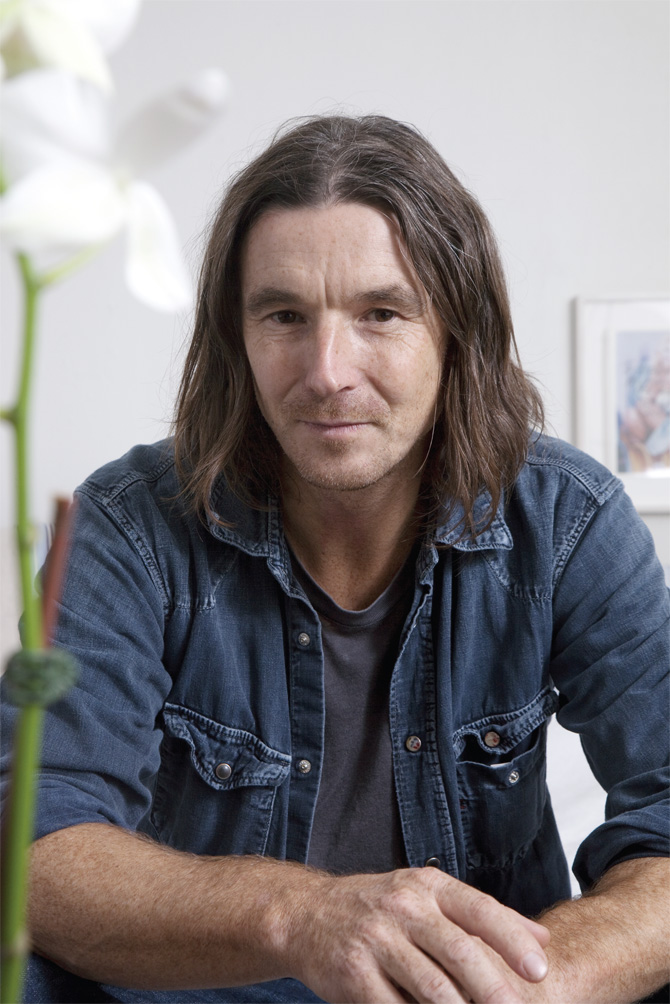NEVILLE WAKEFIELD

Advertisement
Advertisement
Advertisement

Advertisement
Advertisement

Advertisement
Advertisement

Advertisement

Advertisement
Advertisement

Advertisement
Advertisement

Advertisement
Advertisement
Advertisement

Advertisement
Advertisement
Advertisement